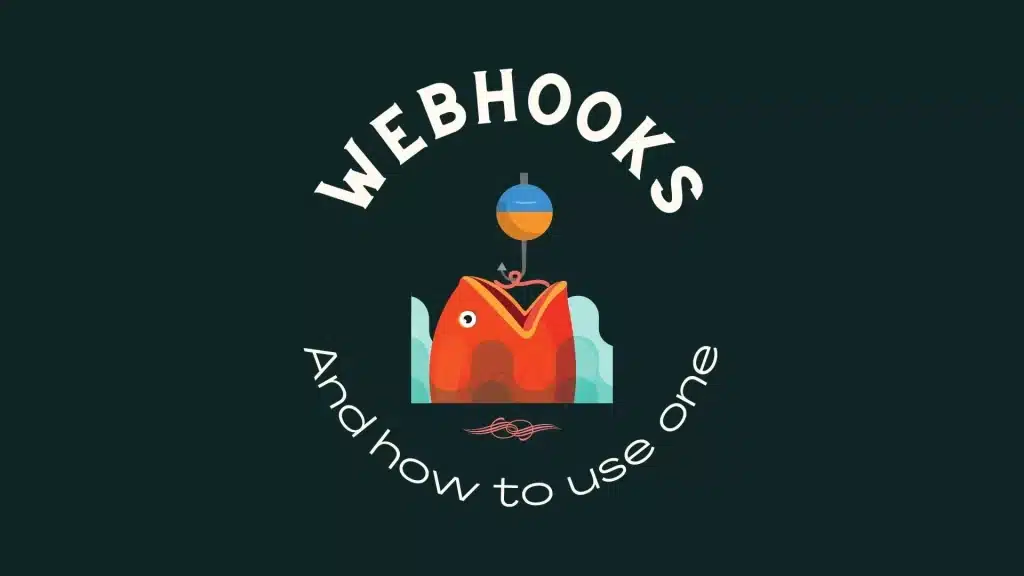Introduction –
In today’s fast-paced B2B environment, real-time data is essential for making informed decisions and delivering seamless customer experiences. Traditional methods of syncing data between systems often rely on batch processing or periodic polling, leading to delays and stale information. To overcome this, many organizations are leveraging webhooks and serverless functions to build real-time CRM (Customer Relationship Management) updates that are agile, cost-effective, and scalable. This approach is especially powerful in B2B workflows where accurate, up-to-the-minute customer data can directly impact deal velocity, support resolution, and personalized engagement.
The Need for Real-Time CRM Updates in B2B Workflows –
B2B workflows are typically complex and span multiple systems—marketing automation platforms, CRMs like Salesforce or HubSpot, ERP systems, and communication tools. When a prospect fills out a form, attends a webinar, or makes a support request, sales and customer success teams need immediate visibility into these events. Relying on periodic data synchronization can result in missed opportunities, delayed follow-ups, or inconsistent reporting. Real-time updates ensure that CRM records reflect the latest customer interactions, empowering teams to respond swiftly and strategically.
What Are Webhooks and How Do They Work?
Webhooks are user-defined HTTP callbacks triggered by specific events in a system. Unlike polling—which constantly checks for updates—webhooks “push” data the moment an event occurs. For example, when a user submits a lead form on your website, a webhook can instantly send that data to your CRM endpoint. This event-driven model is more efficient and scalable, making webhooks ideal for real-time integrations. Popular B2B tools like Stripe, Typeform, Slack, and HubSpot provide native support for webhooks, allowing external systems to stay in sync automatically.
Introduction to Serverless Functions –
Serverless computing enables developers to execute backend code without provisioning or managing servers. Services like AWS Lambda, Google Cloud Functions, and Azure Functions allow you to write small, single-purpose functions that are invoked in response to events—such as incoming webhook data. In the context of CRM updates, serverless functions act as lightweight middleware: they validate, transform, and route data from webhooks to your CRM system in real time. Since serverless functions scale automatically with demand and you only pay for execution time, they’re a cost-effective choice for dynamic B2B workloads.
How Webhooks and Serverless Work Together –
Here’s how the flow typically works: a B2B system (like a marketing platform) sends a webhook when an event occurs—say, a form submission. This webhook triggers a serverless function hosted on AWS Lambda or another cloud platform. The function processes the data—cleaning fields, enriching with external APIs if needed—and then calls the CRM’s API to update or create a contact record. The entire process often takes less than a second, enabling near-instant data flow between systems without maintaining a full backend application.
Key Use Cases in B2B Workflows –
There are several valuable use cases for integrating webhooks and serverless functions in B2B environments. Lead enrichment is one common scenario: when a new lead enters through a marketing platform, a webhook can trigger a serverless function to fetch company details from services like Clearbit and push them into the CRM. Another use case is deal progression. For instance, when a proposal is signed in DocuSign, a webhook can update the CRM deal stage immediately. Support teams can also benefit—triggering real-time ticket updates in the CRM when new messages arrive in a helpdesk platform like Zendesk or Intercom.
Benefits of a Webhook + Serverless Approach –
This architecture offers multiple benefits. First and foremost is speed—CRM data is updated in real time, reducing lag and enabling faster response times. Scalability is another advantage, as serverless platforms handle spikes in volume effortlessly without the need for manual scaling. It also promotes modularity, allowing teams to build small, reusable functions tailored to specific events or integrations. Furthermore, this approach is cost-efficient since you only pay for the compute time you actually use, unlike traditional always-on servers.
Challenges and Considerations –
While powerful, this architecture isn’t without its challenges. Webhook reliability depends on network stability, and lost events can occur if retries aren’t properly handled. To mitigate this, implement retry logic and use a queueing mechanism like AWS SQS or Google Pub/Sub as a buffer. Serverless cold starts—delays caused by inactive functions—can be a concern for latency-sensitive applications. Additionally, maintaining visibility and debugging across distributed functions requires centralized logging and monitoring using tools like AWS CloudWatch, Datadog, or Loggly.
Getting Started: A Simple Example –
Suppose your marketing tool fires a webhook whenever someone submits a contact form. You can create an AWS Lambda function in Node.js or Python that listens to this webhook endpoint (perhaps exposed via API Gateway), parses the incoming JSON payload, enriches the data, and sends a POST request to your CRM’s contact API. Add logging and error handling to ensure reliability, and you now have a working real-time pipeline—all without managing a single server.
Conclusion –
Webhooks and serverless functions are transforming how B2B organizations integrate systems and manage data workflows. By enabling real-time CRM updates, businesses can improve lead response times, keep sales and support aligned, and build more responsive customer journeys. Whether you’re modernizing your tech stack or looking to optimize specific parts of your workflow, this powerful combination offers a scalable and future-proof solution. Start small, test thoroughly, and iterate quickly—your CRM and your customers will thank you.

